Does running build glutes?
Does running build glutes? We get to the bottom of why some runners have burly behinds while others seem to be whittling away their derrieres with every step
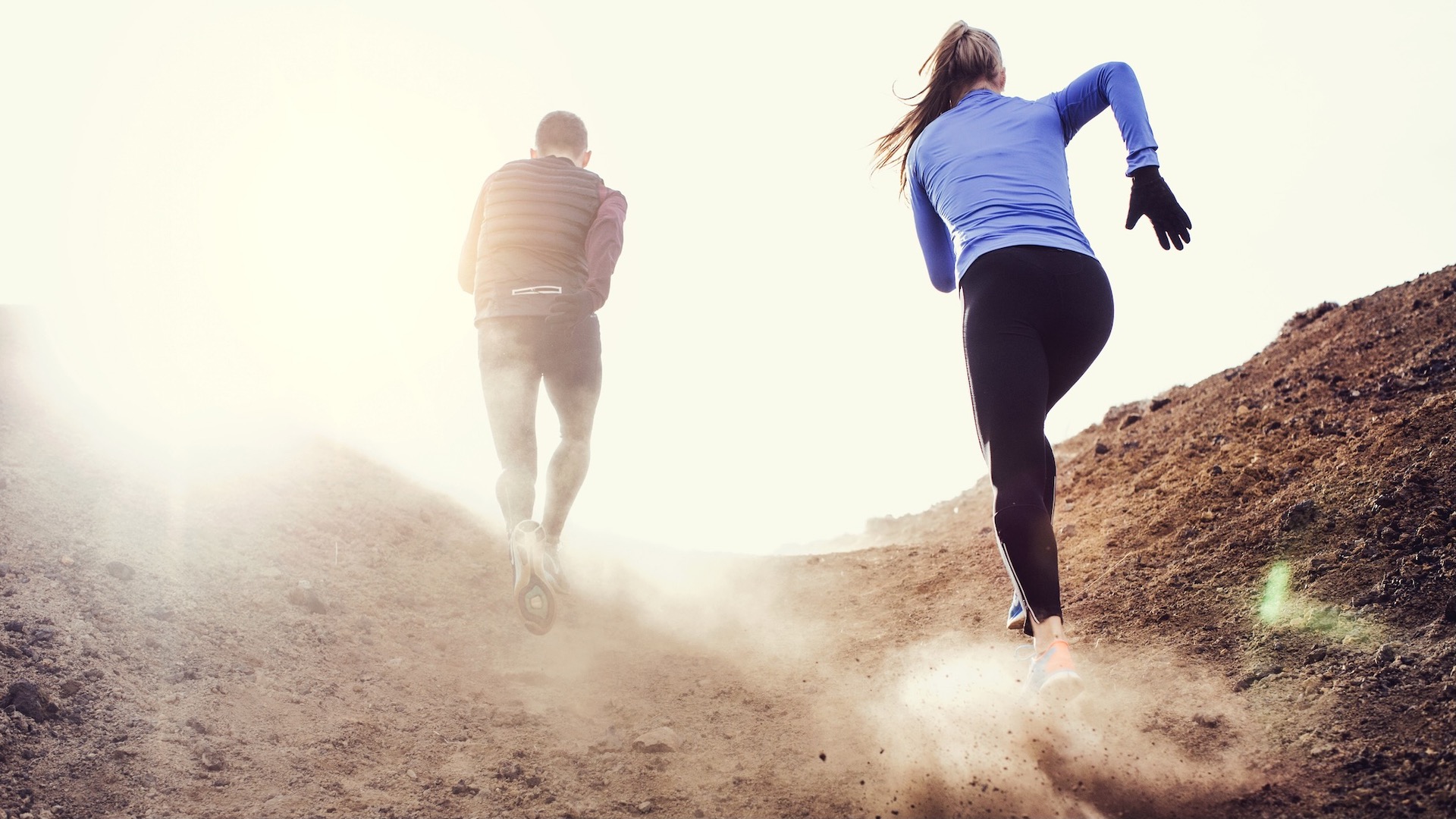
Does running build glutes? If you enjoy watching the short dashes during the Olympics and the World Athletics Championships, it’s hard not to admire the impressive physiques of the sprinters who seem to be powered forward at an impossible pace by massive, muscular glutes, so it seems like the obvious answer is yes. But when you lace up your best trail running shoes and start hitting the trail regularly, hoping that regular running will give you at least a modicum of that muscular derriere, yours seems to shrink. So what gives?
Whether you’re looking to pack some power in your posterior or worried that too much running will mean you can’t fit into your favorite jeans, we explain what’s happening behind the scenes when it comes to running and your glutes.
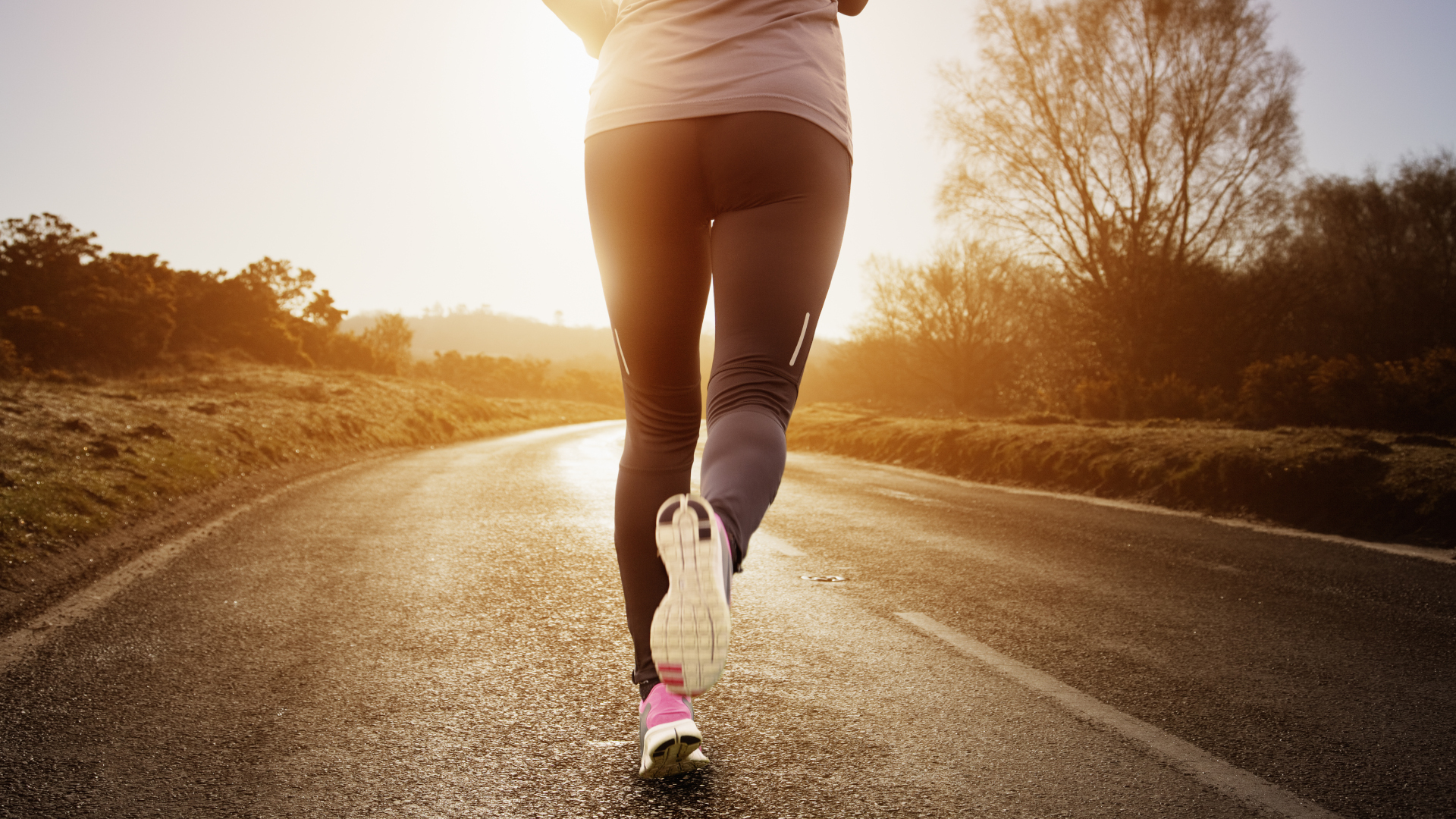
What are your glutes?
First off, just to make sure we’re all talking about the same thing here, your gluteal muscles – nicknamed your glutes – are a group of three muscles that form your buttocks. Your gluteus maximus, gluteus medius and gluteus minimus are posterior hip muscles that originate on your sacrum and ilium (the uppermost and largest bone of your pelvis) and insert into your sitting bones or upper femur. Of these muscles, the gluteus maximus is the largest and the most superficial. These muscles perform movements such as hip extension (so you use them every step you take on the running path or hiking trail when your leg moves back) as well as abduction of your hip (when you move your leg out to the side) and preventing internal rotation of your thigh.
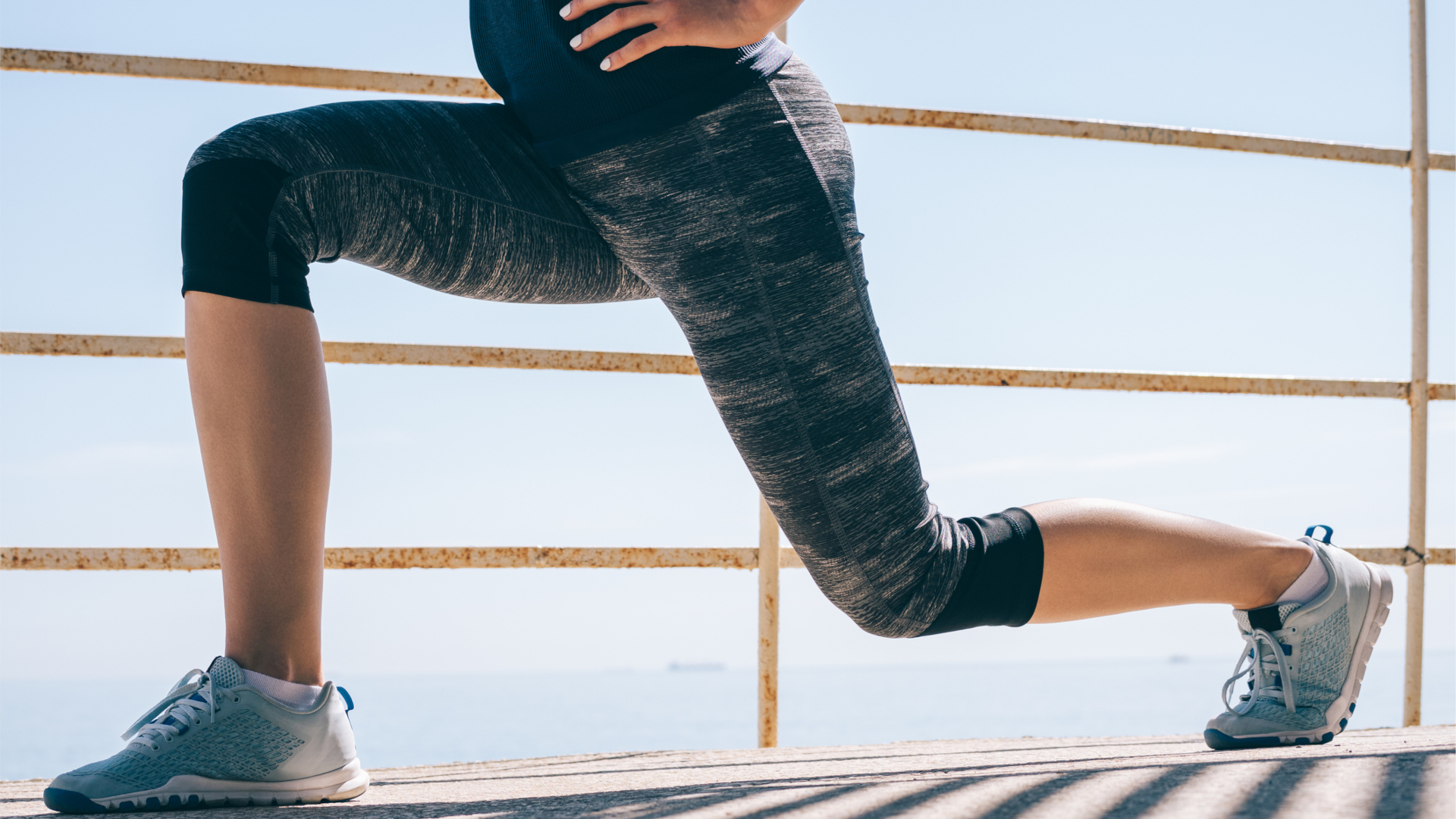
Does running build glutes?
If by 'build' you mean 'make stronger' then yes, running will almost certainly strengthen your glutes alongside all of your hip and leg muscles. But if by 'build' you mean 'make bigger' then the answer is, it depends what type of running you’re doing.
Current medical understanding is that two different types of muscle fibers exist – fast-twitch and slow-twitch fibers, and which one you're using will determine whether you're building muscle through running. In anatomy terms, the increase and growth of muscle cells is called hypertrophy and it largely occurs in fast-twitch fibers, which are also known as type II fibers. These fibers are larger, use a lot of energy and you activate them during short, rapid bursts of anaerobic movement. They’re more likely to grow in size when used in this way, and this is why you tend to see sprinters with strong and shapely bottoms.
Meanwhile, lots of runners don’t sprint at all, but while they’re not using their glutes in the same way as sprinters, it doesn’t mean they’re not using them. If you’re a jogger or a middle or long distance runner, you’re more likely relying on the slow-twitch (type I) muscle fibers of your glutes, which are smaller, use less energy and have more blood vessels. You activate these during aerobic activity and they’re the first to come online when you start running.
If you’re running for longer distances and at a slower (non-sprint) pace, you’ll continue to rely on your slow-twitch muscle fibers for the duration. Your glutes will definitely get strong and toned, but they probably won’t get much bigger with this type of running, and they might even get smaller depending on how you started and your running style.
Advnture Newsletter
All the latest inspiration, tips and guides to help you plan your next Advnture!
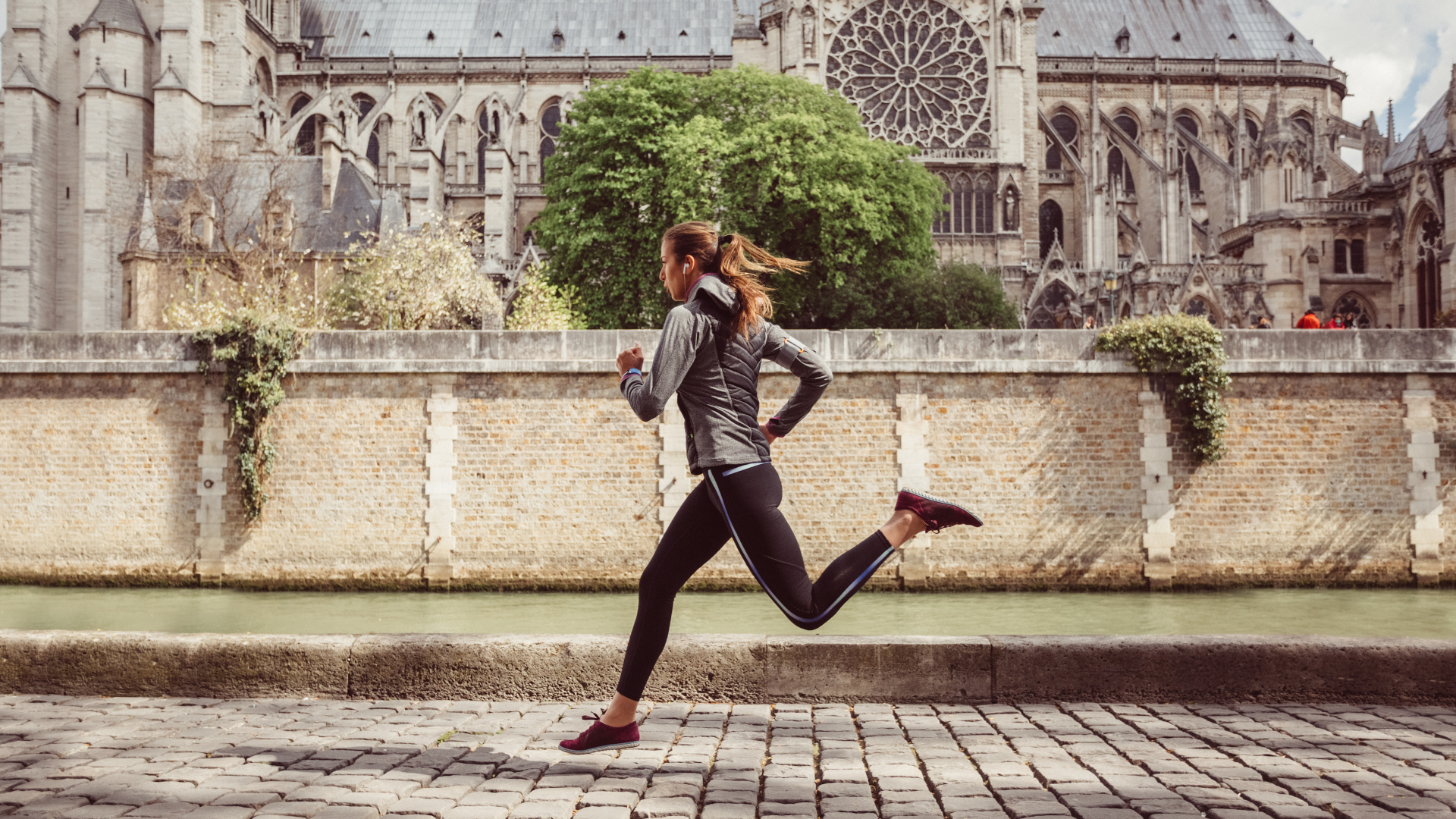
Do you have glute amnesia?
There is one other reason why your running might not be doing much for your glutes, and that’s down to a phenomenon called glute amnesia (also unofficially called 'dead butt syndrome'). Glute amnesia occurs when you’ve lost the ability to contract your glutes. It’s usually blamed on the amount of time we spend sitting in chairs, where your hip flexors are shortened and your glutes are being passively lengthened for hours on end, but it can occur in runners too. Because running is such a quad-dominant activity, you may develop a pattern of bypassing your glutes and relying on the front of your thighs to propel you forward. This can change your running gait and, because your glutes play such an important role in the stability of your legs and back, may cause problems in your low back and hamstrings.
If, over time, your body has started to present with overdeveloped quads, a flat butt and an anteriorly tilted pelvis, plus you’re suffering from low back or hamstring pain, you might well have developed glute amnesia. You may even be able to detect glute amnesia by testing your ability to contract your glutes – just try and squeeze them when you’re doing different movements like tilting your pelvis, drawing your leg back or climbing stairs. If you do suspect glute amnesia, it is temporary, but it is best to see a physical therapist to help you get those glutes back online as soon as possible. Not only will it help your running, it will improve your overall posture and reduce pain and knee injury risk.
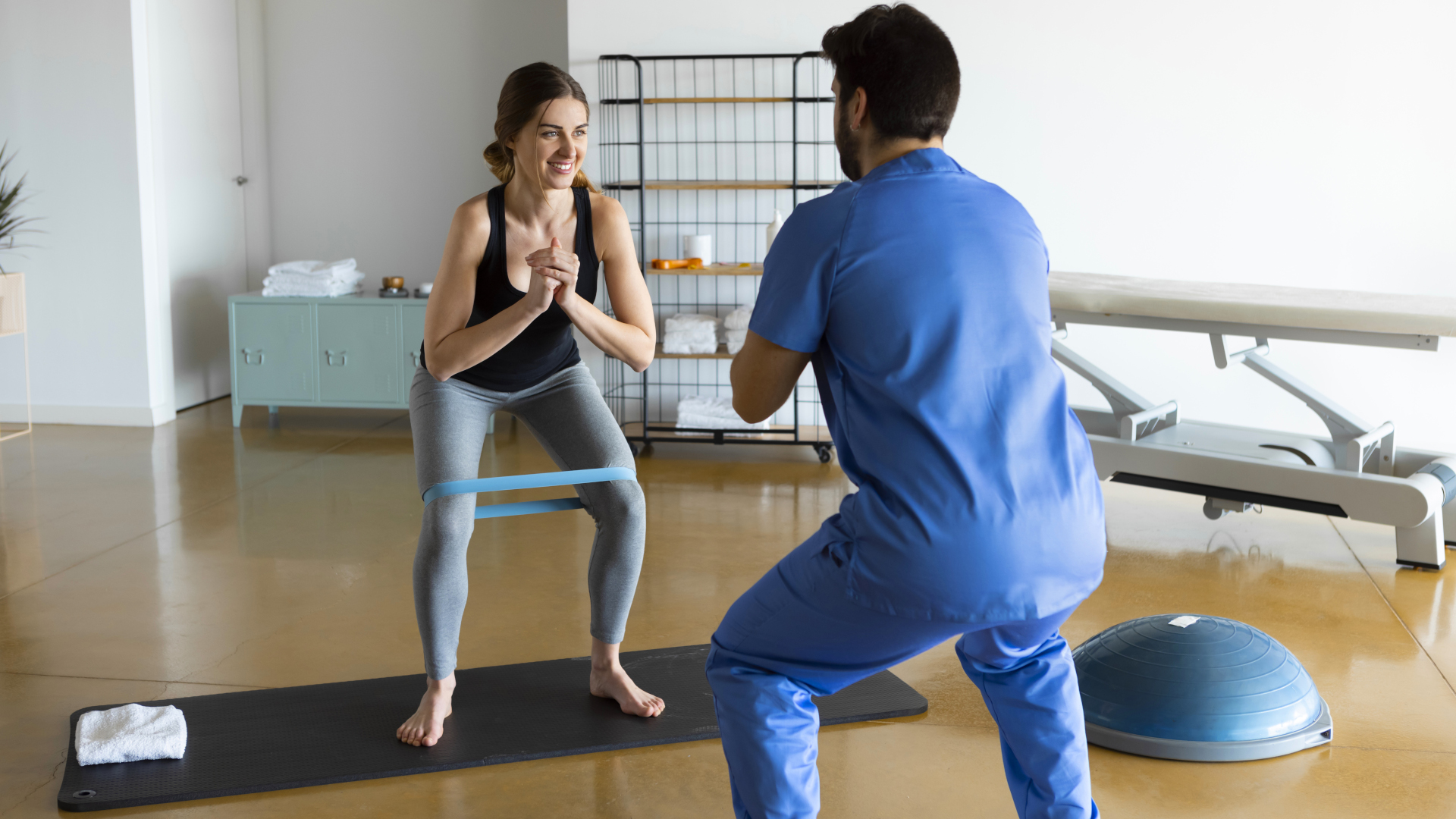
How can I grow my glutes by running?
By now, the answer to this should be obvious – you need to pick up the pace. This doesn’t mean you have to become a sprinter, but you could integrate some interval training where you work to sustain maximum effort for short periods into your regular running workouts. This can look like alternating 30 - 90 second sprints with short periods spent standing, walking or jogging to recover.
Beyond your glutes, there are other benefits to interval training too – it gives you a chance to pack more high intensity training into a single workout than you could manage if you tried to do it in one sustained push. A 2019 article in the World Journal of Cardiology found it to be effective for prevention of cardiovascular disease while a 2018 study in the Journal of Strength and Conditioning Research found it significantly increased endurance and power in runners in just six sessions.
- Trail running vs road running: which is right for you?
Julia Clarke is a staff writer for Advnture.com and the author of the book Restorative Yoga for Beginners. She loves to explore mountains on foot, bike, skis and belay and then recover on the the yoga mat. Julia graduated with a degree in journalism in 2004 and spent eight years working as a radio presenter in Kansas City, Vermont, Boston and New York City before discovering the joys of the Rocky Mountains. She then detoured west to Colorado and enjoyed 11 years teaching yoga in Vail before returning to her hometown of Glasgow, Scotland in 2020 to focus on family and writing.

